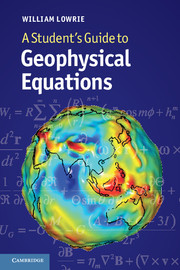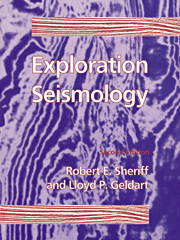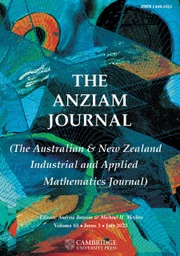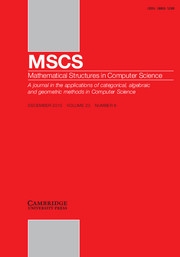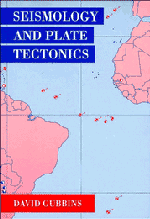Time Series Analysis and Inverse Theory for Geophysicists
This unique textbook provides the foundation for understanding and applying techniques commonly used in geophysics to process and interpret modern digital data. The geophysicist's toolkit contains a range of techniques which may be divided into two main groups: processing, which concerns time series analysis and is used to separate the signal of interest from background noise; and inversion, which involves generating some map or physical model from the data. These two groups of techniques are normally taught separately, but are here presented together as parts I and II of the book. Part III describes some real applications and includes case studies in seismology, geomagnetism, and gravity. This textbook gives students and practitioners the theoretical background and practical experience, through case studies, computer examples and exercises, to understand and apply new processing methods to modern geophysical datasets. Solutions to the exercises are available on a website at http://publishing.cambridge.org/resources/0521819652
- Was the first textbook on this topic aimed at undergraduate and graduate students
- Features summary boxes for specific results and techniques
- Includes numerous paper and computer exercises for which the necessary software and solutions are available on the Internet
- Contains appendices explaining key mathematical derivations and results
Reviews & endorsements
"The book Time Series Analysis and Inverse Theory for Geophysicists by D. Gubbins is according to the author, aimed at "providing the students of geophysics with an introduction to these [digital] techniques and an understanding of the underlying philosophy and mathematical theory." My impression is that the author has achieved this goal quite well. I would recommend the book as an introductory textbook at undergraduate- and graduate-level courses intended as a general introduction to the numerical techniques used in the processing of geophysical data. The advanced topics of the inverse theory briefly covered in the book can also be interesting for practitioners who need a guide in selecting the proper mathematical approach when solving real problems." Pageoph, Wojciech D^D,ebski, Institute of Geophysics, Polish Academy of Sciences
"Professor Gubbins is very well qualified by training, aptitude and experience to write a book of this nature. This fine book reveals years of wisdom and experience in teaching extensive and hard topics. The treatment is elegant, clear, logical, warm and surprisingly full for a book that is not large, and contains many interesting snippets of information and relevant illustrations."
Clive Randall and Andrzej Kijko, Birkhauser Verlag, Basel
Product details
March 2004Paperback
9780521525695
272 pages
248 × 177 × 18 mm
0.62kg
49 b/w illus. 7 tables 71 exercises
Available
Table of Contents
- 1. Introduction
- Part I. Processing:
- 2. Mathematical preliminaries
- 3. Practical estimation of spectra
- 4. Filtering
- 5. Processing two-dimensional data
- Part II. Inversion:
- 6. Linear parameter estimation
- 7. The underdetermined problem
- 8. Nonlinear inverse problems
- 9. Continuous inverse theory
- Part III. Applications:
- 10. Fourier analysis as an inverse problem
- 11. Seismic travel times and tomography
- 12. Geomagnetism
- Appendix 1. Fourier series
- Appendix 2. The Fourier integral transform
- Appendix 3. Shannon's sampling theorem
- Appendix 4. Linear algebra
- Appendix 5. Vector spaces and the function space
- Appendix 6. Lagrange multipliers and penalty parameters
- Appendix 7. Files for the computer exercises
- References
- Index.


